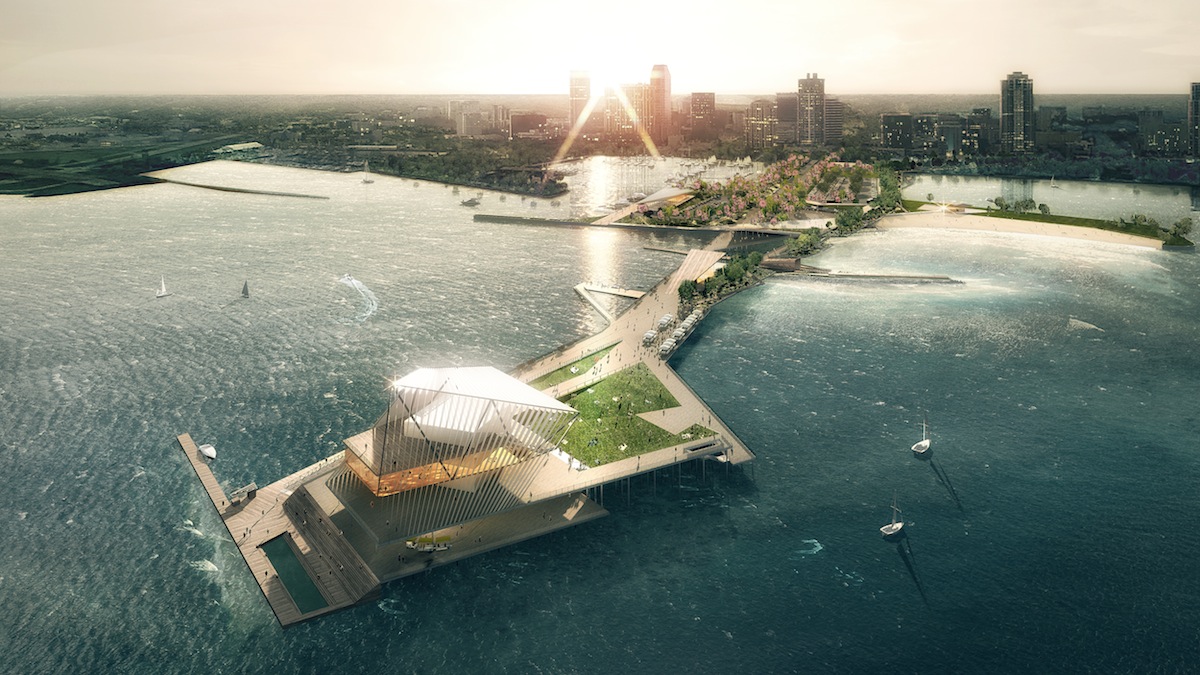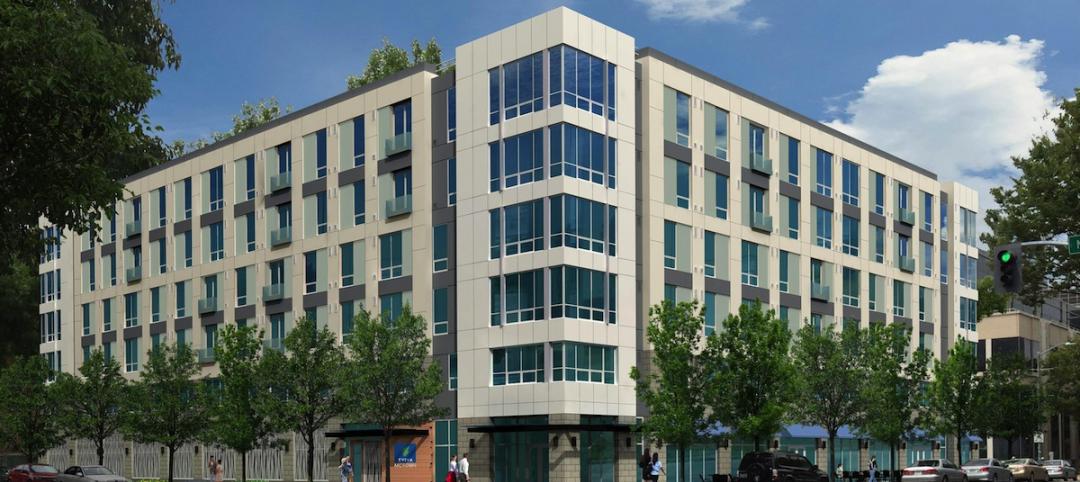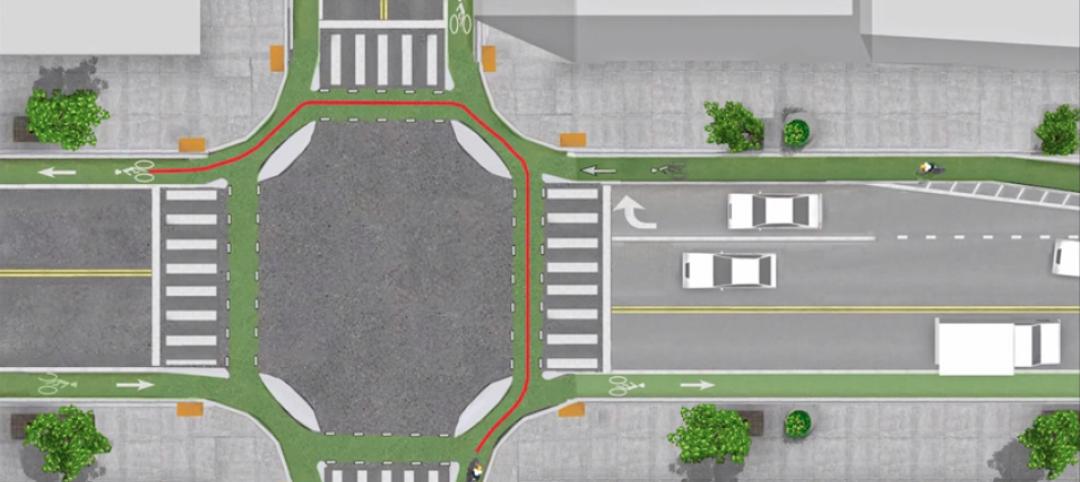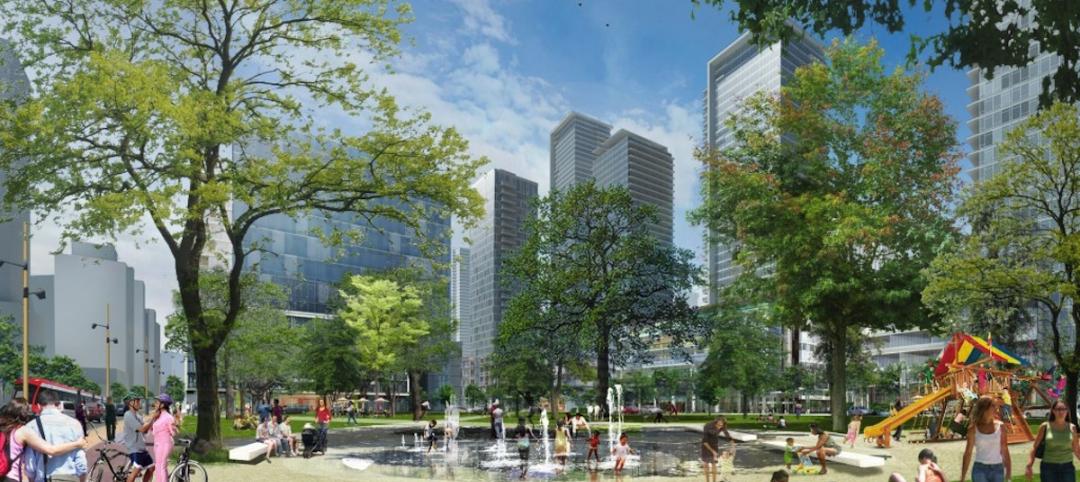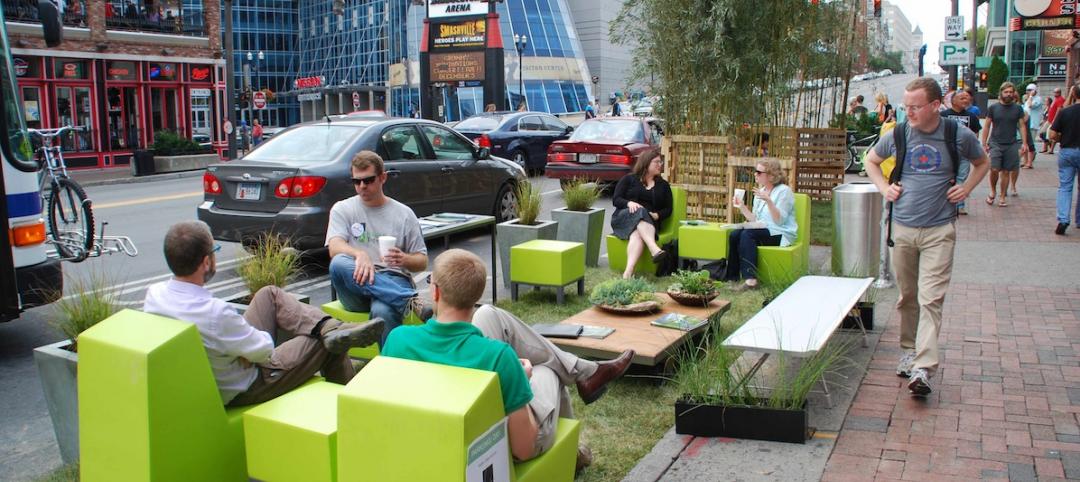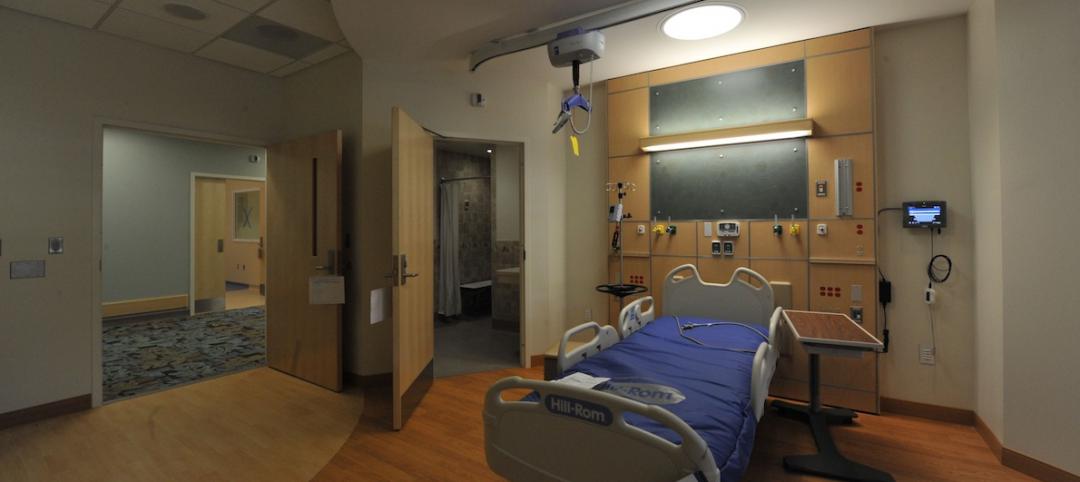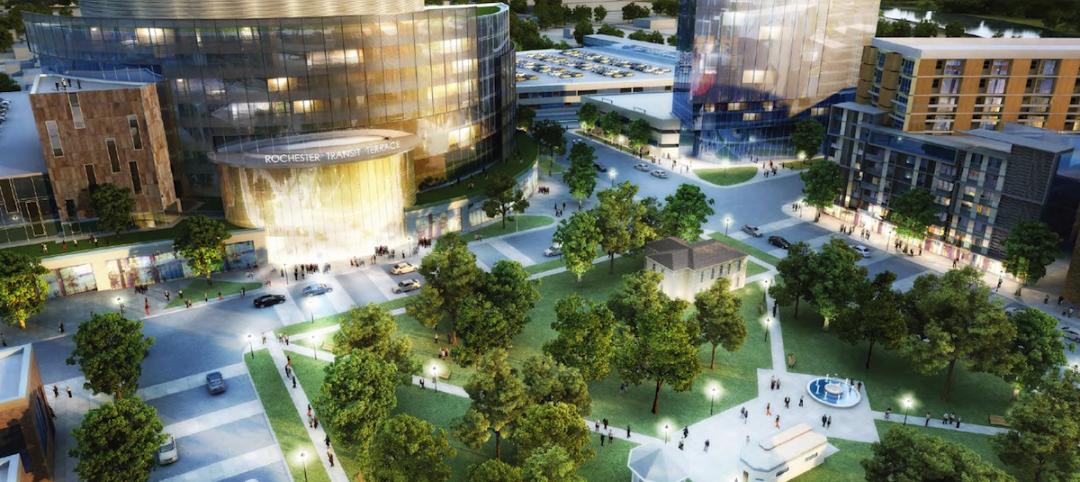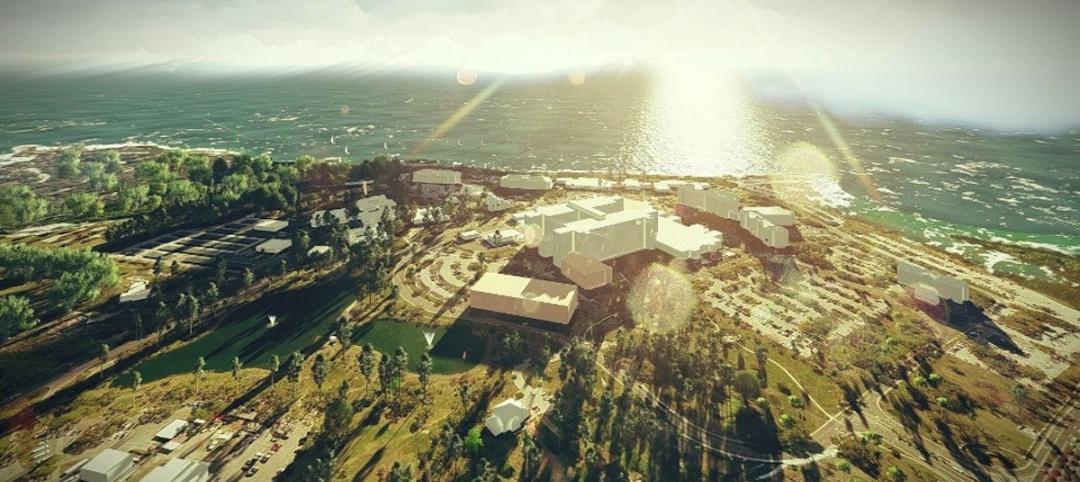St. Petersburg, Fla.'s city council today formally approved funding and contracts for the redesign of the city’s iconic landmark, the St. Petersburg Pier.
During the meeting, $5.2 million was approved for the finalized design, demolition of the current pier, and initial contracting services. The council approved $1.1 million to finalize design details and another half-million to fund pre-construction work. Demolition work is expected to be completed by the end of the year.
On May 9, the city selected the new pier’s design, a collaborative effort between Rogers Partners (lead designer), ASD (executive architect), and Ken Smith Landscape Architect.
The team's design honors the pier’s eclectic history and transforms it into a 21st-century public place. It extends the urban and recreational features of St. Petersburg into the bay itself. It also reconnects the pier to the daily life of St. Petersburg, tying into the city’s transportation and recreation systems—bike paths, jogging trails, parking location, and public transit systems—as well as new transport options like the Looper Trolley and a potential high-speed ferry.
“To accomplish the vision for a new and revitalized pier,” said Robert M. Rogers, Founder of Rogers Partners, “we are creating a place that embraces the dual role of the pier as both an icon for the city and an integral part of the St. Petersburg Waterfront—a place for tourists and everyday visitors alike, one that honors the pier’s robust, eclectic history while transforming it into a 21st-century public place.”
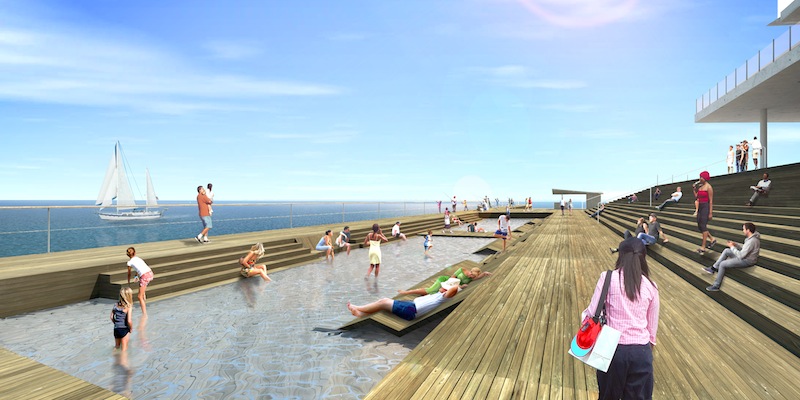
Rather than a singular and heavily programmed destination at the pier head, The Pier Park will be a platform for a multitude of smaller and more flexible programs and experiences for both tourists and the local community—from children to seniors, nature lovers to boaters, fishermen to fine diners. It will serve as a hub for activity, not only at the pier head, but all along its length.
The St. Petersburg Pier has been an essential icon in the city since the late 1800s. Throughout its history, it has existed in many forms—the original and highly successful Railroad pier of 1889, the Electric pier, the Municipal pier, the Million-Dollar pier, and finally the most recent iteration, known simply as “The Pier.”
“Each of the pier’s past incarnations had its own set of programs and uses, some more ambitious than others,” commented John Curran, Studio Leader at ASD and Lead Project Manager for the new pier. “The ones that succeeded appealed to both visitors and residents, and were active day and night, throughout the year. This flexibility was essential to our approach to the new design.”
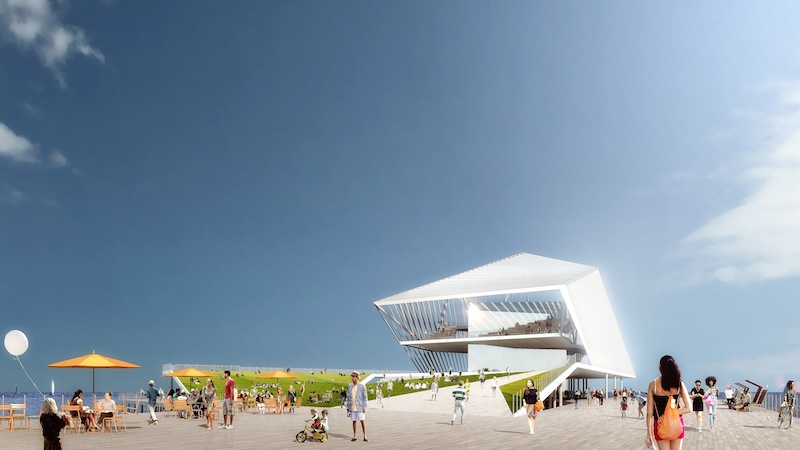
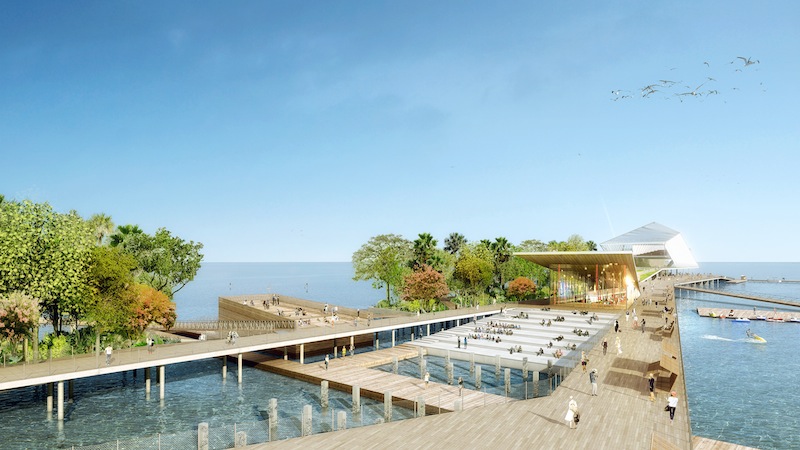
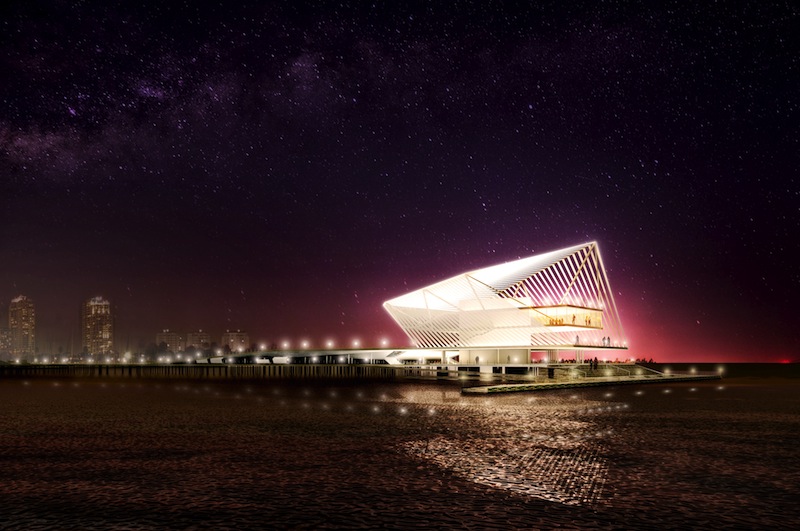
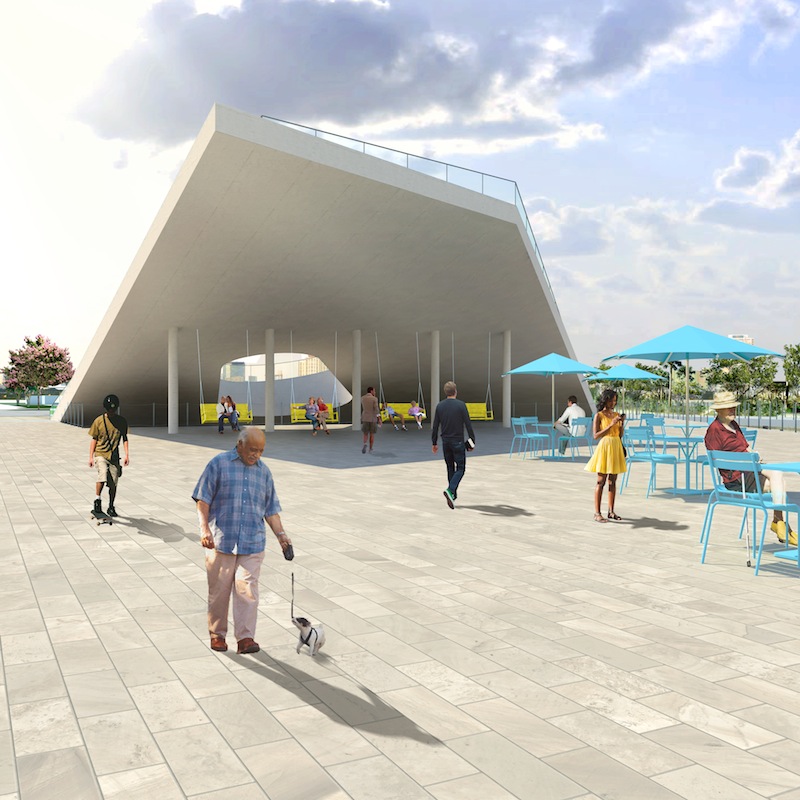
Related Stories
Smart Buildings | Jun 4, 2015
Evidence suggests wider lanes make city streets more dangerous
Lanes that are 10.5 feet wide have lower side impact crashes than standard 12-foot lanes, suggests new research.
BIM and Information Technology | Jun 3, 2015
More accurate GPS ready to change the way we shop, interact, and explore
New technology reduces location errors from the size of a car to the size of a nickel—a 100 times increase in accuracy. This is a major technological breakthrough that will affect how we interact with environments, the places we shop, and entertainment venues.
Multifamily Housing | Jun 1, 2015
Sacramento moves forward on multifamily project with new modular supplier
Guerdon Modular Buildings will provide modules for 118 apartments.
| May 29, 2015
Austin, Salt Lake City, Davis, Calif., and Boston creating first protected intersections in U.S.
Protected intersections arrange traffic so that everyone—bicyclists included—can see all moving traffic simply by looking forward instead of forcing people in cars and on bikes to look constantly over their shoulders.
Smart Buildings | May 28, 2015
4 ways cold-climate cities can make the most of their waterfronts
Though cold-climate cities pose a unique challenge for waterfront development, with effective planning waterfront cities with freezing winter months can still take advantage of the spaces year-round.
Multifamily Housing | May 28, 2015
Census Bureau: 10 U.S. cities now have one million people or more
California and Texas each have three of the one-million-plus cities.
Smart Buildings | May 27, 2015
Tactical urbanism: Why bigger isn’t always better in urban revitalization
A budding urban planning movement that is sprouting in cities across the globe proves that low-cost, small-scale, community-driven projects have the power to effect positive change.
Healthcare Facilities | May 27, 2015
Roadmap for creating an effective sustainability program in healthcare environments
With a constant drive for operational efficiencies and reduction of costs under an outcome-based healthcare environment, there are increasing pressures to ensure that sustainability initiatives are not only cost effective, but socially and environmentally responsible. CBRE's Dyann Hamilton offers tips on establishing a strong program.
Healthcare Facilities | May 27, 2015
Rochester, Minn., looks to escape Twin Cities’ shadow with $6.5 billion biotech development
The 20-year plan would also be a boon to Mayo Clinic, this city’s best-known address.
BIM and Information Technology | May 26, 2015
Moore's Law and the future of urban design
SmithGroupJJR's Stephen Conschafter, urban designer and planner, discusses his thoughts on the 50th anniversary of Moore's Law and how technology is transforming urban design.


